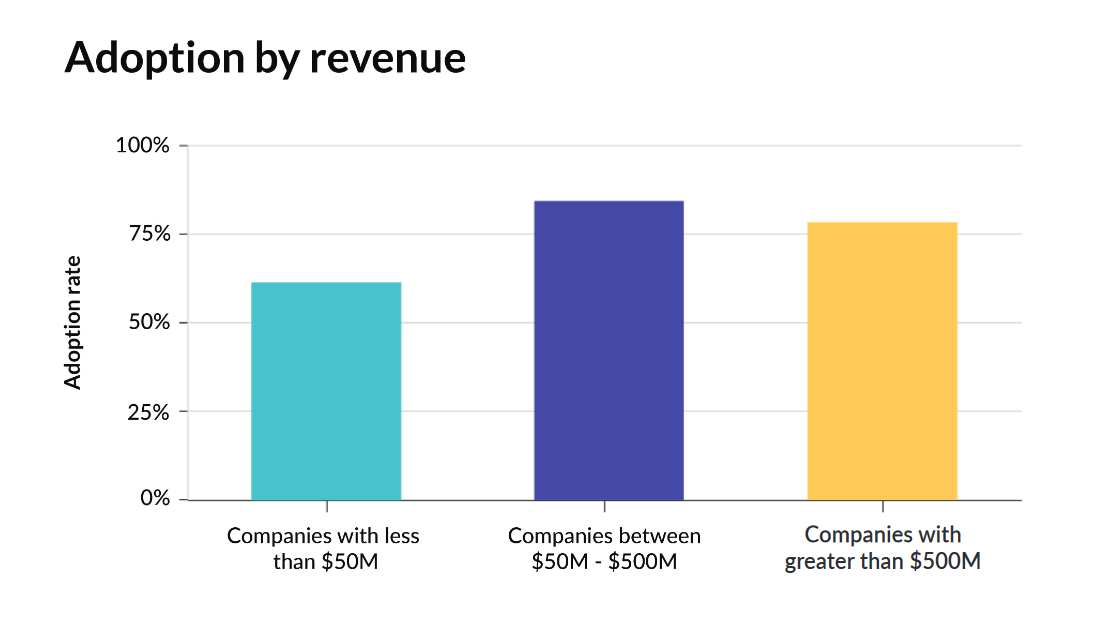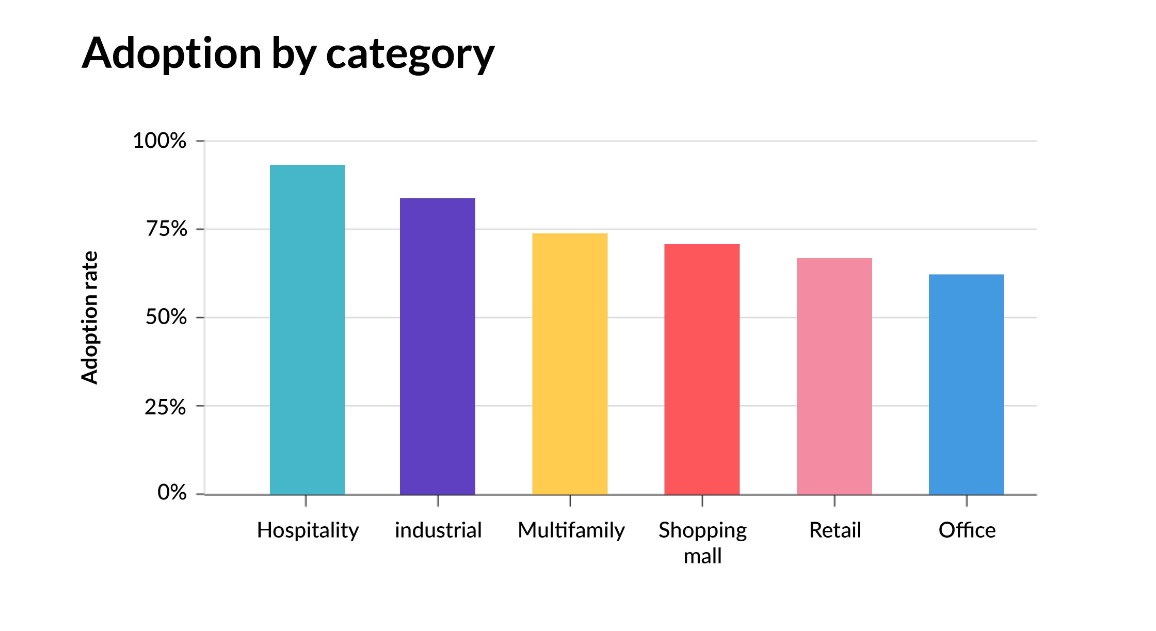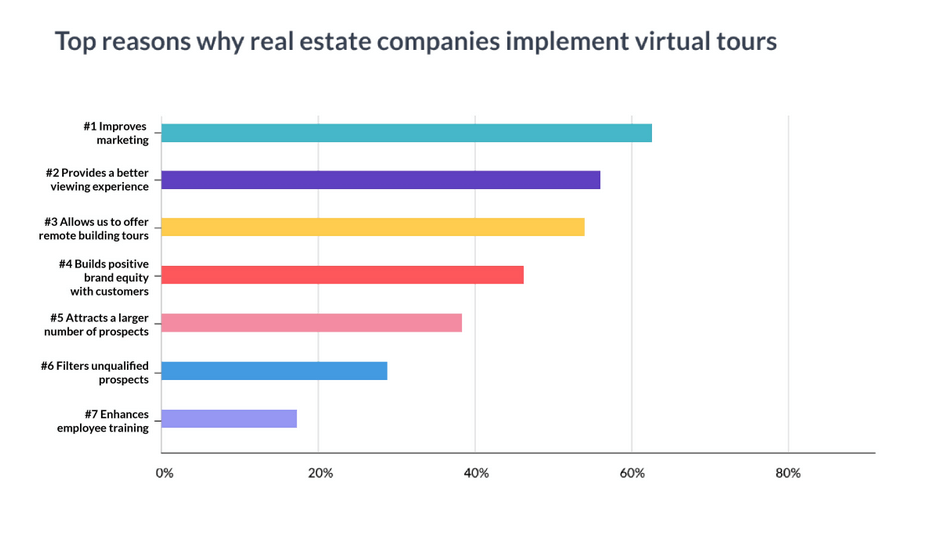The COVID-19 pandemic turned almost all business activities from in-person to remote. Using video conferences, as well as new technologies, such as AR and VR, businesses continued to operate. One of the things that proved extremely effective were the real estate virtual tours, enhanced by AR/VR features. In fact, they were so effective that virtual tours are set to be the norm in the commercial real estate sector in the future.
These are the findings of a report published by Resonai, a software company that develops solutions transforming physical spaces into smart digital environments. Some of the applications developed by Resonai help facility management and commercial real estate companies provide enhanced experiences to employees and customers.
Resonai Report: 90% of Real Estate Tours Will Be Virtual
In the survey “The State of Virtual Tours in Commercial Real Estate”, Resonai collected data from 300 commercial real estate professionals in July 2022. The survey focused on the use of real estate virtual tours during the pandemic and the plans to continue using them in the future.
The findings published in the real estate virtual tours report indicate that the commercial sector will not return to traditional property tours. Namely:
- 90% of commercial property tours will be virtual in the next 2 years;
- 90% of commercial realtors who used virtual real estate tours reported an increase in revenue;
- 86% of real estate companies generating between $50 and $500 million in revenue use virtual tours.
Real Estate Virtual Tours Improve Brand Perception
Using new technologies equals a better brand image. At least, this is one of the opinions of the real estate professionals who participated in the Resonai survey. In fact, 95% of them believe that virtual real estate tours help improve brand perception.
At the same time, these hi-tech remote tours help with prospect qualification. The survey found an 85% improvement in this respect, compared to in-person tours. Also, the prospects who took part in a virtual tour reported a superior viewing experience (92%). Overall, the use of tours enhanced by AR and VR helped real estate professionals work more efficiently and increase their revenues.
Large Companies Have Higher Virtual Tour Adoption Rates
According to the report, 86% of organizations generating between $50 million and $500 million, and 79% of those generating more than $500 million in revenue use real estate virtual tours. The adoption rate of virtual tours among companies with less than $50 million in revenue is lower (69%), though still noteworthy.

When it comes to differences between commercial real estate industry segments, the survey found that the real estate segment that’s making the most use of virtual tours is hospitality (93%), followed by industrial real estate (84%).

What Are the Barriers to Adoption?
Some real estate professionals stated that the companies they work for have not yet adopted real estate virtual tours. Moreover, there are no plans of doing so in the near future.
The main reasons for this attitude towards new tech in real estate are:
- 28% – lack of consideration;
- 18% – not necessary;
- 15% – no value to prospects;
- 15% – lack of resources.
Some respondents also stated that AR/VR technology is too complex to implement and use.
On the other hand, the report identified marketing improvement, better viewing experience, the ability to offer remote building tours, and building a positive brand image as the most important benefits that drive the adoption of real estate virtual tours.

How AR/VR Can Enhance Real Estate Tours
The findings of the Resonai report indicate that the commercial real estate industry is already familiar with AR/VR technology and plans to continue using it as one of the main tools. Real estate virtual tours offer benefits both for realtors and for prospects.
Some of these benefits are:
- Ability to create custom property presentations by adding AR content onto real-world environments;
- Flexibility – virtual real estate tours can be delivered by desktop, laptop, mobile phone, or tablet;
- Live or recorded – depending on the prospect’s schedule, they can participate in a real-time tour or watch a recorded tour;
- Ability to visualize work in progress using VR models.
This article was originally published on arpost
